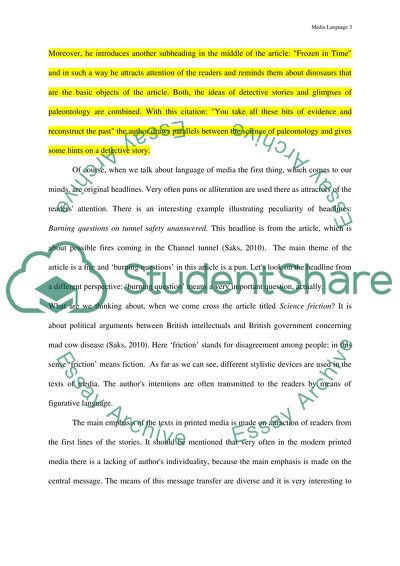Cite this document
(“Linguistics Essay Example | Topics and Well Written Essays - 1000 words”, n.d.)
Retrieved from https://studentshare.org/miscellaneous/1609419-linguistics
Retrieved from https://studentshare.org/miscellaneous/1609419-linguistics
(Linguistics Essay Example | Topics and Well Written Essays - 1000 Words)
https://studentshare.org/miscellaneous/1609419-linguistics.
https://studentshare.org/miscellaneous/1609419-linguistics.
“Linguistics Essay Example | Topics and Well Written Essays - 1000 Words”, n.d. https://studentshare.org/miscellaneous/1609419-linguistics.


